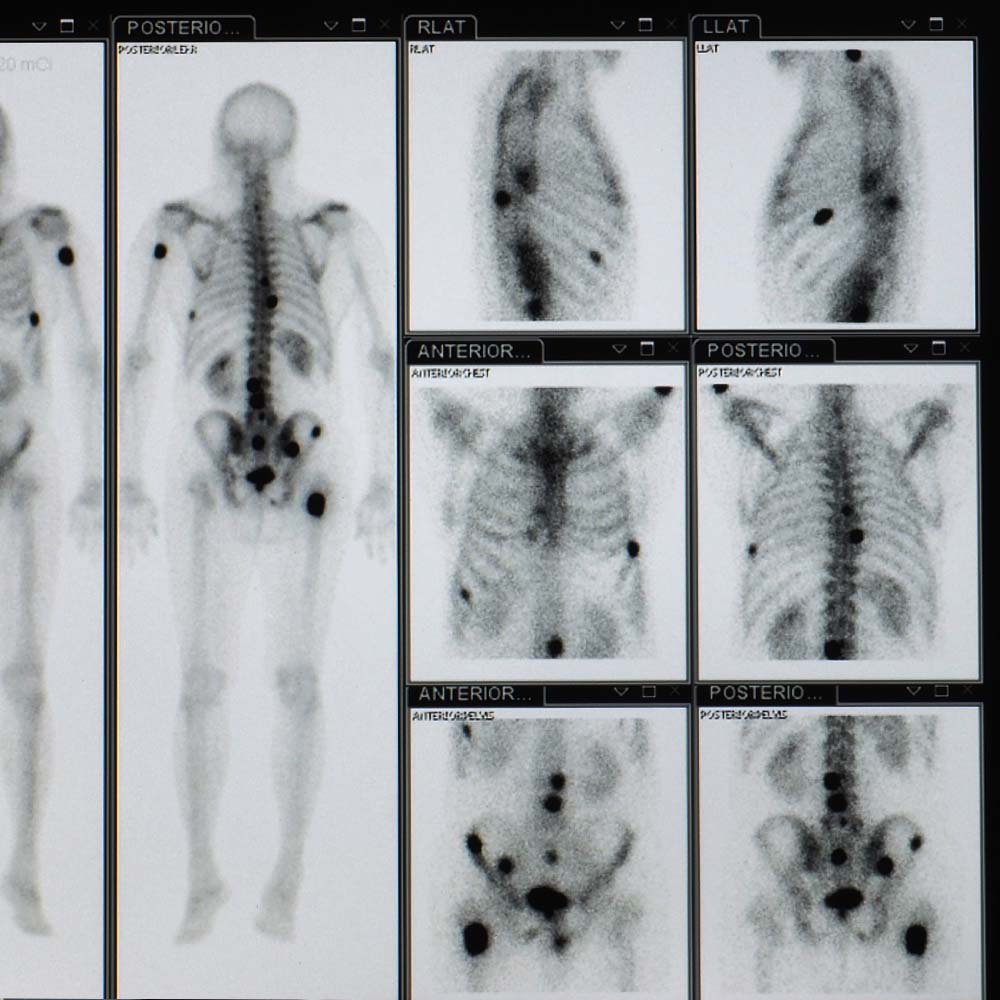Nuclear Medicine
Nuclear medicine imaging is a non-invasive method for diagnosing and treating disease. Small amounts of radioactive materials are injected intravenously to target the area of the body to be examined, and then a series of images are taken with a specialized camera or scanner.


